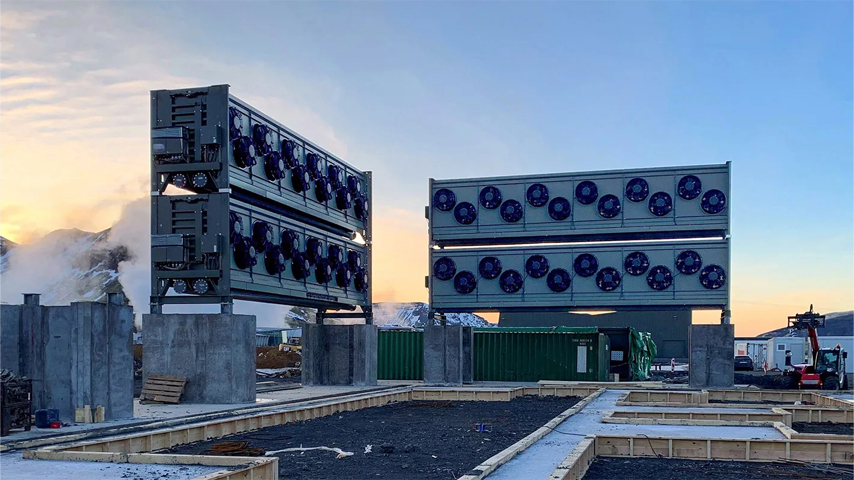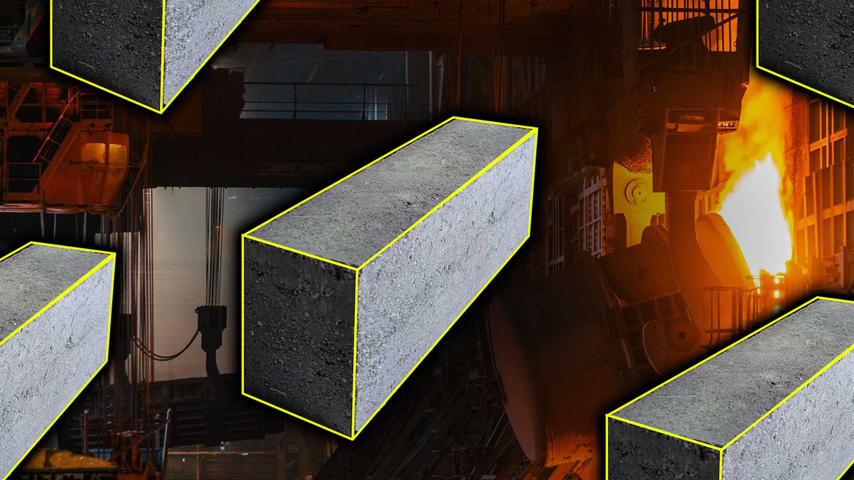$170M Being Invested in New Science Buildings in the Tri-Cities in Washington State
$170M Being Invested in New Science Buildings in the Tri-Cities in Washington State
The Federal government is investing over $170 million in three new science buildings in the “Tri-Cities” (Kennewick, Pasco, and Richland) as the region looks to secure its position as a national science and research hub. $90 million will be invested in a new energy research center and $75 million will be put towards a grid storage facility at the Department of Energy’s (DOE’s) Pacific Northwest National Laboratory (PNNL). Additionally, $7.7 million is being invested in a space exploration center that will house 50 hands-on exhibits.
Energy sciences research: The $90 million energy research science center is expected to be finished in August 2021. The new building will bring all of PNNL’s energy science research (advanced chemistry, materials science, computing research, and more) under one roof, as researchers are now spread across multiple buildings on the campus. Furthermore, researchers will have access to new tools and the most advanced equipment. The new facility is expected to enhance research collaborations with local universities.
Grid storage facility: The $75 million national grid storage research and development center at PNNL is expected to be completed by early 2023. The facility aims to make the national power grid more resilient, secure, and reliable, while increasing energy storage capacity allowing growth in domestic manufacturing. According to DOE, the facility will provide labs for basic materials synthesis and processing, in-operando characterization, small-scale cell fabrication, kilowatt-scale testing and validation, advanced prototyping, visualization, and analysis.
Space exploration center: The $7.7 million space exploration center is expected to open in early 2022 and will host around 10,000 student visitors each year. The center focuses on LIGO technology, which in 2016 was able to detect the gravitational waves of two black holes colliding 1.3 billion years ago.



